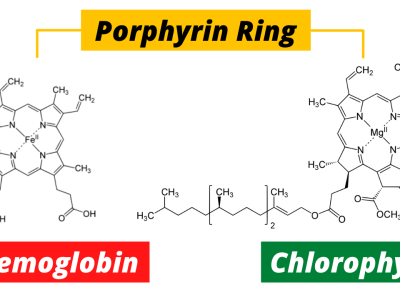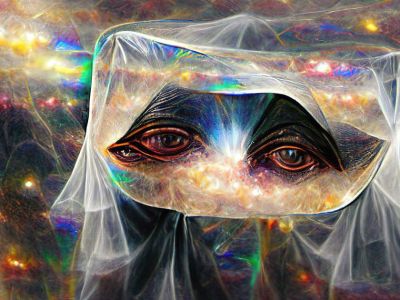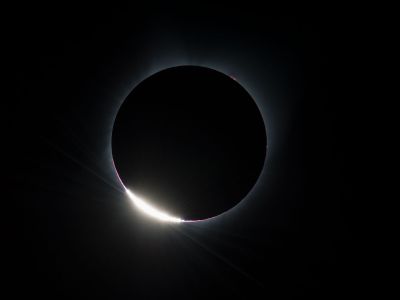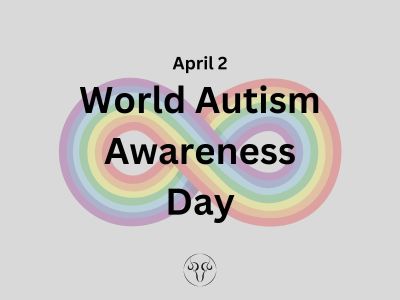Coffee - Things About Coffee
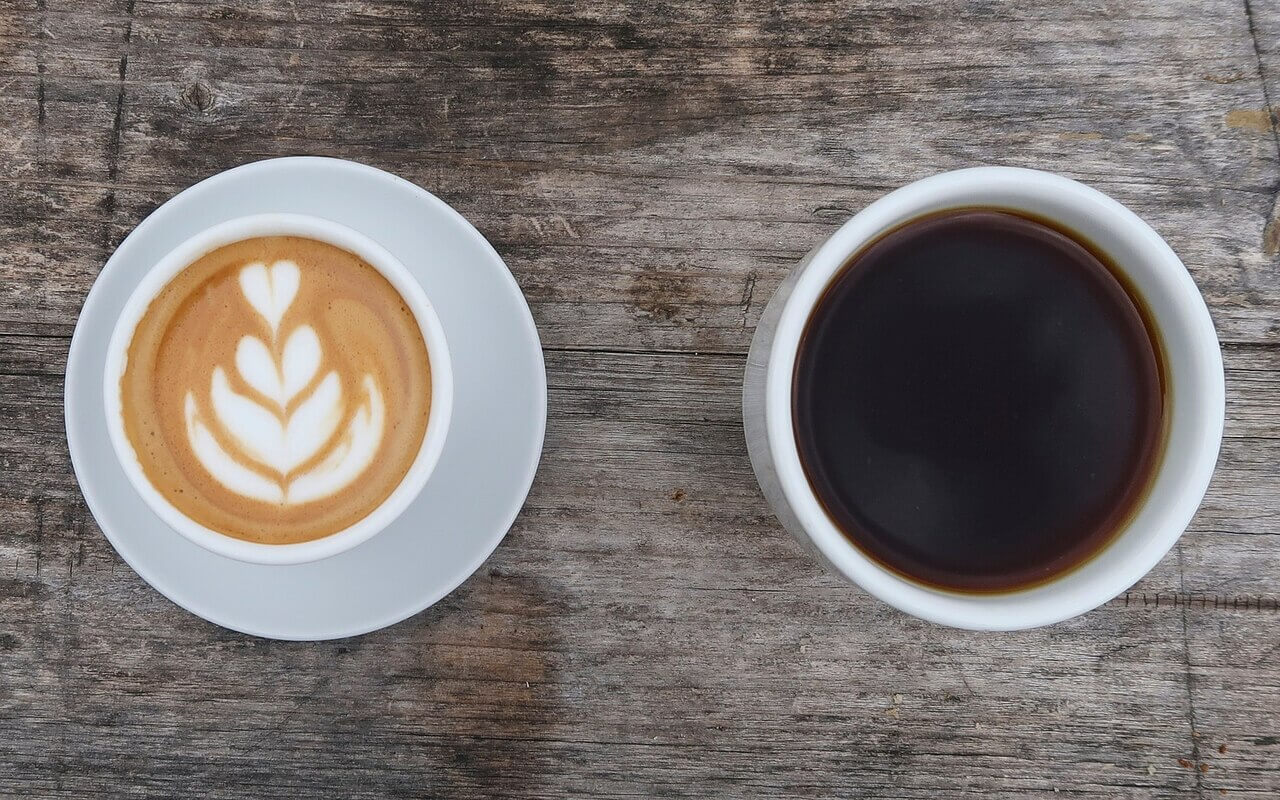
A beverage made from roasted coffee beans is called coffee. It is a dark-colored, bitter, and slightly acidic beverage that, mostly because of its caffeine content, has a stimulating impact on people and makes it a stimulant drug. The world's second most consumed hot beverage is this one. A cup of coffee is made by first roasting the beans, then grinding them into tiny particles that are often soaked in hot water before being filtered out. Even though cooled or iced coffee is widespread, it is often served hot. Espresso, caffè latte, or already-brewed canned coffee are just a few examples of the different ways that coffee can be made and served. For flavor enhancement or to cover up the bitter taste, people frequently use sugar, milk, and cream.
What is the history and culture around Coffee?
Although coffee is now a common product worldwide, it has a long history that is strongly related to regional culinary customs around the Red Sea. The earliest reliable documentation of coffee used as a contemporary beverage dates to the middle of the 15th century at Sufi shrines in present-day Yemen. At that time, coffee seeds were initially roasted and brewed using techniques that are still used today. Yemenis started growing coffee after obtaining the beans from the Ethiopian Highlands through middlemen near the Somali coast. The beverage made its way to the remainder of the Middle East and North Africa by the 16th century, and it later traveled to Europe. Coffee developed into a global commodity in the 20th century, resulting in numerous coffee cultures.
Modern coffee shops often feature leisurely gourmet service, unconventional brewing methods, and warm décor. The term "coffee culture" is frequently used in the United States to characterise the ubiquity of espresso bars and coffee shops in major cities, as well as the growth of large, global franchises like Starbucks. Customers can access free wifi internet at many coffee shops, encouraging them to conduct personal or professional work there. Country, state, and city-specific coffee cultures all differ.
Where and How does Word ‘Coffee’ and what is the etymology of the word Coffee?
By way of the Dutch word koffie, which was itself a loan from the Ottoman Turkish word kahve, which was itself a loan from the Arabic word qahwah, the word coffee made its way into the English language in 1582. Arabic lexicographers claim that the verb qahiya, which means "to lack hunger," is where the name qahwah comes from. This claim is in reference to the beverage's well-known reputation for suppressing appetite. Coffee pot and coffee break were first used in respective contexts in 1705 and 1952.
What are the sources of Coffee? What are the types of Coffee?
All coffee plants belong to the diverse Rubiaceae family. They are evergreen trees or shrubs that, if left unpruned, can reach heights of 6 m. The leaves are opposite, simple, whole, and dark green. They are typically 7 cm wide and 10-15 cm long. The berries used to make coffee are produced by a number of shrub species of the genus Coffea. The two principal species grown for commerce are Coffea robusta and Coffea arabica. The most prestigious species, C. arabica, is indigenous to Ethiopia's southwest highlands, the Boma Plateau in southeast Sudan, and Mount Marsabit in northern Kenya.
They start out as green while juvenile and turn yellow, then scarlet, then black when dried. Each berry usually contains two seeds, if they contain one berry then it's called a peaberries. Western and central Sub-Saharan Africa, from Guinea to Uganda and southern Sudan, are the natural habitats of C. canephora. The species C. liberica, C. stenophylla, C. mauritiana, and C. racemosa are less common.
Arabica is a Fine, mild, aromatic coffee variety. It is in comparison more costly to cultivate. Majority of coffee produce in world is arabica and Approximately 70% of world’s coffee. It contains 40% to 60% less produce is arabica, Arabica berries ripen in six to eight months.
Robusta is a strong with 40% to 60% more caffeine content and cheaper to produce. It is mostly used in blends, instant coffee mix, etc. Approximately 33% of world coffee is robusta. It take takes nine to eleven months for robusta berries to ripe.
What chemicals(nutrients) coffee contain? How much Caffiene Coffee have?
Standard coffee contains considerable amounts of magnesium, the B vitamins niacin and riboflavin, and 150-220 mg of caffeine per 100 grammes of grounds, possibly because of its higher level of suspended particulates. And 12 milligram in Decaf coffee.
Different types of Coffee Drinks we drink?
Black coffee: coffee made just with water (no milk or sugar).
Ristretto: Short espresso shot, or ristretto.
Espresso: a strong, dense black coffee.
Cappuccino: Espresso combined with heated milk and foam is a cappuccino.
Latte: A cappuccino alternative that contains more milk.
Mocha: espresso with steaming milk, whipped cream, and chocolate syrup.
Ice Coffee: Coffee that has been chilled with ice cubes is what is meant by the term "iced coffee."
Americano: Espresso diluted with hot water is an americano.
Macchiato: Espresso with milk foam is called a macchiato.
Long Black: A long black is made by adding espresso to hot water.
Flat White: Espresso with merely steamed milk is called a flat white.
Frappe: Coffee, milk, and ice are combined.
Similar to a cappuccino, cafe breve may substitute half-and-half for the milk.
Irish coffee is made with coffee, heavy cream, and Irish whiskey.
What coffee do to our body(Effects of drinking Coffee)?
Caffeine, an adenosine receptor antagonist with stimulant properties, is one of the main psychoactive chemicals found in coffee. Caffeine is a central nervous system stimulant that may reduce fatigue and drowsiness. The monoamine oxidase inhibitors carboline and harmane are also present in coffee, and these might be responsible for some of its psychoactivity. Caffeine is mostly broken down by hepatic enzymes in a healthy liver. Theobromine, theophylline, and a minor quantity of caffeine that has not altered in form make up the majority of the excreted metabolites. As a result, the health of the liver's enzymatic system affects how caffeine is metabolised.
Where and Which country drink most Coffee?
Every day, more than 2.25 billion cups of coffee are drank worldwide, or 2.5 cups per person on average. Finland has the largest per capita consumption of coffee in the world, nearly or more than double that of Brazil, Italy, France, Greece, and Canada. The United States, which was placed 25th in 2018, has the highest per capita consumption of coffee in the Nordic region. The top 10 coffee-consuming countries, measured per capita, per annum are:
Finland – 12 kg
Norway – 9.9 kg
Iceland – 9 kg
Denmark – 8.7 kg
Netherlands – 8.4 kg
Sweden – 8.2 kg
Switzerland – 7.9 kg
Belgium – 6.8 kg
Luxembourg – 6.5 kg
Canada – 6.5 kg
Is coffee Legal?
There are currently no nations where drinking coffee is prohibited. However, there have been several prohibitions on coffee in the past in a number of nations, including Italy, Sweden, Prussia, Mecca, and Turkey. Most of the time, the ban was brought about by political and social developments rather than by the characteristics of coffee or the caffeine it contains. Many people may be surprised by this given how much coffee we consume on a daily basis.
Some of Weird and interesting Facts about Coffee
- two Indian alone. 90% of the coffee produced in India is produced in two states, namely Karnataka and Kerala.
- Dunkin' offers 26,000 distinct ways to order coffee.
- It is the second-most traded commodity in the world. The first is crude oil. Coffee is the second most popular beverage after water in terms of consumption. It is worth more than $100 billion globally.
- The biggest coffee cup ever measured nine feet tall. In 2012, the 3,487-gallon serving was recognised with a Guiness World Record.
- Only two states in the US manufacture coffee.
- The world's largest producer of coffee is Brazil.
- Every day, Starbucks averages opening two new locations.
- The two main varieties are Arabica and Robusta. Arabica species are typically planted by growers. Robusta has a little more bitter flavour and higher caffeine, although being less common.
- Coffee beans are actually cherry-like seeds, but because of their resemblance to legumes, we refer to them as "beans."
- Your skin might look better by being outside. Keep your leftover beans to make a homemade scrub.
- Coffee drinks have a long history that begins in the Arabian region around 800 A.D.
- Caffeine-free does not equate to decaf. According to the Mayo Clinic, an eight-ounce brewed cup of decaf coffee actually contains two to 12 milligrammes of caffeine.
- Additionally, coffee cherries are edible.
- Coffee beverages can lengthen your life
- One calorie is all that a cup of black coffee contains.
- Coffee can be consumed in excess. You wouldn't need to consume more than 30 cups of coffee in a short period of time to approach a deadly amount of caffeine, according to Vox.
- The biggest coffee fans are found in Finland.
- There have been numerous attempts to outlaw coffee.
- American coffee culture was boosted by the Boston Tea Party.
- More than $700 can be spent on a pound of the priciest coffee in the world.


